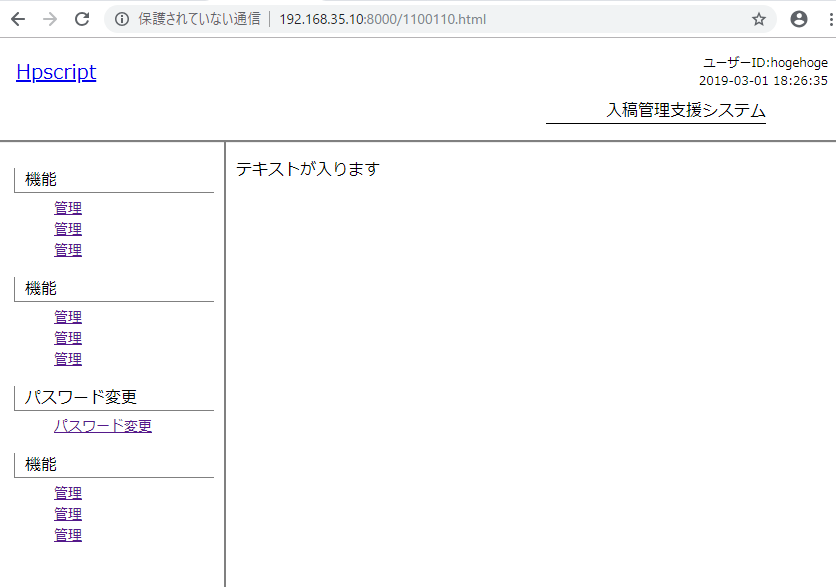I never seen 404 like below.
>vagrant up
Bringing machine 'default' up with 'virtualbox' provider...
==> default: Checking if box 'bento/centos-6.8' is up to date...
==> default: There was a problem while downloading the metadata for your box
==> default: to check for updates. This is not an error, since it is usually due
==> default: to temporary network problems. This is just a warning. The problem
==> default: encountered was:
==> default:
==> default: The requested URL returned error: 404
==> default:
==> default: If you want to check for box updates, verify your network connection
==> default: is valid and try again.
==> default: Unpausing the VM...
what does it mean?
>vagrant status
Current machine states:
default paused (virtualbox)
The VM is paused. This VM may have been paused via the VirtualBox
GUI or the VBoxManage command line interface. To unpause, please
use the VirtualBox GUI and/or VBoxManage command line interface so
that vagrant would be able to control the VM again.
once again, put “vagrant up” on the command line.
>vagrant up
Bringing machine 'default' up with 'virtualbox' provider...
==> default: Checking if box 'bento/centos-6.8' is up to date...
==> default: There was a problem while downloading the metadata for your box
==> default: to check for updates. This is not an error, since it is usually due
==> default: to temporary network problems. This is just a warning. The problem
==> default: encountered was:
==> default:
==> default: The requested URL returned error: 404
==> default:
==> default: If you want to check for box updates, verify your network connection
==> default: is valid and try again.
==> default: Machine already provisioned. Run `vagrant provision` or use the `--provision`
==> default: flag to force provisioning. Provisioners marked to run always will still run.
That says “vagrant provision”. Try again, boy.
>vagrant provision
>vagrant status
Current machine states:
default running (virtualbox)
The VM is running. To stop this VM, you can run `vagrant halt` to
shut it down forcefully, or you can run `vagrant suspend` to simply
suspend the virtual machine. In either case, to restart it again,
simply run `vagrant up`.
What!? I know, I’m just playing.
vagrant has multiple choices for machine provisioning, from simple shell scripts to more complicated industry standard configuration management systems.
I you have never used a configuration management system in the past, starting with basic shell scripts for provisioning is recommended.



